Rare Rides: The Extremely Valuable 1967 Toyota 2000GT

The Toyota 2000GT’s been a legend for decades now. A simple mention of its name conjures up the correct silhouette. Eyes glaze over at the gentle curves, classic sports coupe proportions, and the big front lamps trapped behind plexiglass.
Today we’ll dig a little deeper into this legend.
Toyota needed a bit of help when it came to sports cars, as the company had a singular such vehicle under its belt: the microscopic 800 Sports Coupe. Keeping its first-ever sports car in mind, Toyota wondered how it might do something more. At this point Nissan enters, stage left.
Nissan hired Yamaha to take the lead on a new sports car design. The two companies had worked together before, and in those days Yamaha made a business out of making designs for other Japanese manufacturers. Nissan’s request? A 2000GT. Yamaha got to work and built a prototype. The forward-thinking brass at Nissan declined the design, preferring to move on to other ideas. Left with the unsold prototype, Yamaha approached the conservative suits at Toyota.
“No, but that’s an interesting idea,” they said. With that, Toyota accepted the 2000GT proposal in an attempt to shake off the company’s stodgy image. With the original Nissan 2000GT prototype junked, design work started anew, this time lead by Toyota. Satoru Nozaki penned the new shape of the 2000GT, and the rest of the project proceeded jointly at Yamaha and Toyota.
A show car debuted at the 1965 Tokyo Motor Show, entering production at the Yamaha factory in 1967. The sleek coupe had pop-up headlights in addition to the large driving lamps, almost no bumpers, and sat at under 46 inches in total height. Aiming for European competition like Porsche, Toyota didn’t skimp on the interior. A comfortable place, there was a rosewood dash, a fancy radio, and nice seats. Very late-run models had a slightly revised interior, with air conditioning and an optional automatic transmission.
The majority of models came fitted with a 2.0-liter inline-six from the Toyota Crown, massaged by Yamaha. The company attached a couple of new Mikuni-Solex two-barrel carbs, plus a new dual overhead cam. 148 horsepower traveled to the rear via a five-speed manual. A special run of nine cars coded “MF-12” had a larger 2.3-liter engine with a lower output. Also derived from the Crown, it used a single overhead cam and produced around 115 horsepower. Top speed was 135 miles an hour in the more powerful version.
Always intended as a limited-run vehicle, the 2000GT’s production lasted for three years, during which just 351 examples were produced. In 1967 it asked $6,800 in the U.S., or around $53,300 today. Around 60 were sold in North America, and as a halo model Toyota lost money on each one.
Today’s Rare Ride was formerly owned by racing driver Otto Linton, and restored to original condition in Maine. It goes on sale May 1, 2020 as part of the Elkhart Collection. 2000GTs usually go for over $1 million.
(H/t to commenter FreedMike for pointing out this Rare Ride.)
[Images: seller]

Interested in lots of cars and their various historical contexts. Started writing articles for TTAC in late 2016, when my first posts were QOTDs. From there I started a few new series like Rare Rides, Buy/Drive/Burn, Abandoned History, and most recently Rare Rides Icons. Operating from a home base in Cincinnati, Ohio, a relative auto journalist dead zone. Many of my articles are prompted by something I'll see on social media that sparks my interest and causes me to research. Finding articles and information from the early days of the internet and beyond that covers the little details lost to time: trim packages, color and wheel choices, interior fabrics. Beyond those, I'm fascinated by automotive industry experiments, both failures and successes. Lately I've taken an interest in AI, and generating "what if" type images for car models long dead. Reincarnating a modern Toyota Paseo, Lincoln Mark IX, or Isuzu Trooper through a text prompt is fun. Fun to post them on Twitter too, and watch people overreact. To that end, the social media I use most is Twitter, @CoreyLewis86. I also contribute pieces for Forbes Wheels and Forbes Home.
More by Corey Lewis
Latest Car Reviews
Read moreLatest Product Reviews
Read moreRecent Comments
- Ajla My understanding is that the 5 and 7-Series cater almost exclusively to the Chinese market and they sell them here just so they don't look weak against Mercedes and Audi.
- EBFlex Interesting. We are told there is insatiable demand for EVs yet here is another major manufacturer pivoting away from EV manufacturing and going to hybrid. Did these manufacturers finally realize that the government lied to them and that consumers really don’t want EVs?
- Kwik_Shift_Pro4X What's worse than a Malibu?
- MaintenanceCosts The current Malibu is poorly packaged; there's far more room inside a Camry or Accord, even though the exterior footprint is similar. It doesn't have any standout attributes to balance out the poor packaging. I won't miss it. But it is regrettable that none of our US-based carmakers will be selling an ordinary sedan in their home market.
- Jkross22 You can tell these companies are phoning these big sedans in. Tech isn't luxury. Hard to figure out isn't luxury.This looks terrible, there are a lot of screens, there's a lot to get used to and it's not that powerful. BMW gave up on this car along time ago. The nesting doll approach used to work when all of their cars were phenomenal. It doesn't work when there's nothing to aspire to with this brand, which is where they are today. Just had seen an A8 - prior generation before the current. What a sharp looking car. I didn't like how they drove, but they were beautifully designed. The current LS is a dog. The new A8 is ok, but the interior is a disaster, the Mercedes is peak gaudy and arguably Genesis gets closest to what these all should be, although it's no looker either.



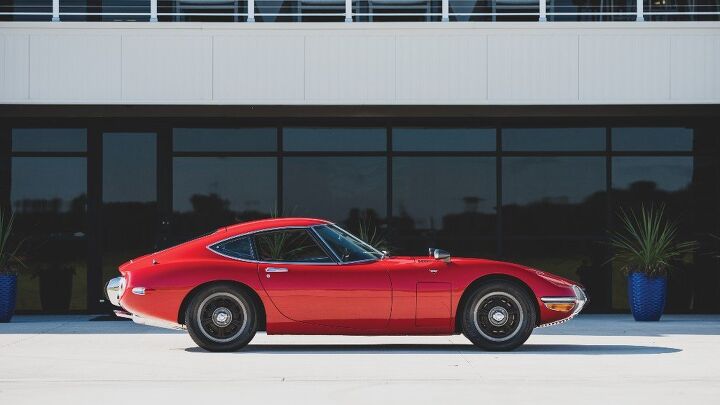
















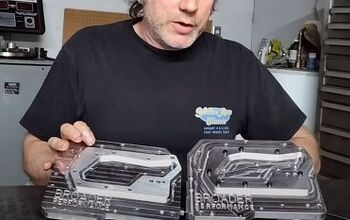

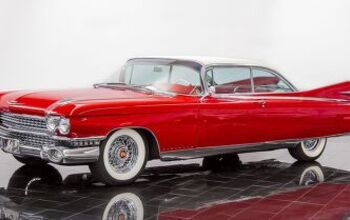
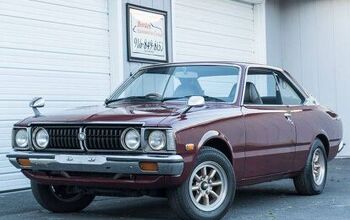



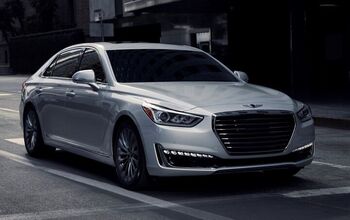

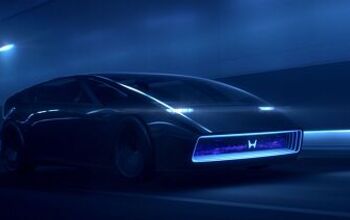

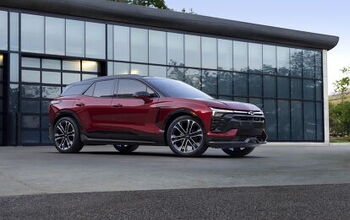

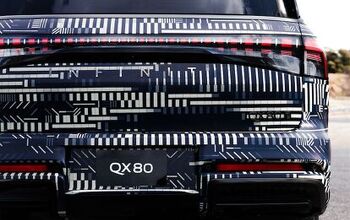




Comments
Join the conversation
I've seen two of these. The first was in a garage on a property in Brooklyn, about 30 years ago. It was on flat tires, and covered in that grey dust that collects when a car sits for years. Even then, it was special and cried to be rescued. The second one was recently at the Toyota Museum in Japan. The engine and car all have classic lines. I cannot, for the life of me, understand why Toyota can do this, but contracts out to BMW for the current Supra. In a money no object car collection, there would be one of these.
My first reaction upon seeing the car was "Toyota didn't design it". Turns out Yamaha did. WTF didn't Yamaha design more vehicles???